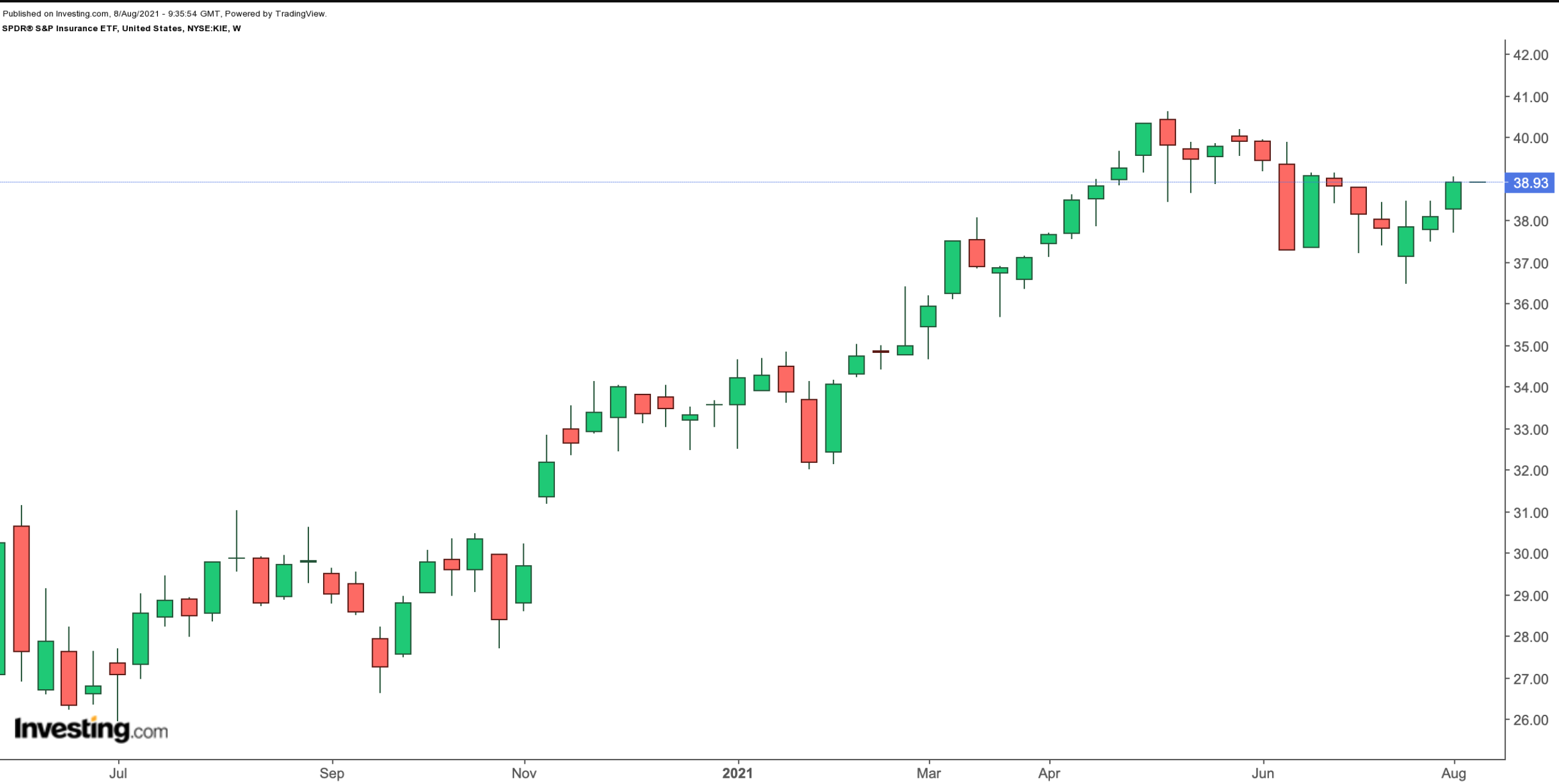[ad_1]
Insurance coverage is a crucial part of risk management and can provide a safety net when potential dangers get out of hand. People are in a better position to deal with some of life’s uncertainties whether they have health, home or unemployment insurance.
In addition, insurance helps businesses and entrepreneurs mitigate risks that could otherwise affect or even destroy their business and reputation.
In the United States, the industry is generally divided into Three segments:
- P&C: includes auto, home and business insurance;
- Life / Annuity: provides life insurance and annuity products; and
- Private health insurance
Some statistics, however, might also include Medicare in the Life / Annuity segment. Recent measurements show that in 2019, insurance premiums written in the United States totaled $ 1.3 trillion. In other words, industry is a vital part of the US economy and capital markets.
COVID-19 affected insurance writers, “especially those who draft event cancellation and workers compensation compensation …
Still, analysts are optimistic for the to come up:
“Overall, global premiums should increase by + 5.1%. After the sharp drop in the previous year, the recovery in the Life segment (+ 5.7%) will be a little stronger than in the Real estate segment (+ 4.2%). Globally, an average growth of more than 5% over the next ten years seems possible. “
With that information, here are two exchange-traded funds (ETFs) that might appeal to investors who believe the sector could continue to grow in the coming quarters.
1. iShares US Insurance ETF
- Current price: $ 79.59
- 52 week range: $ 53.14 – $ 83.04
- Dividend yield: 1.94%
- Spending rate: 0.42% per year
the IShares US Insurance ETF (NYSE 🙂 provides exposure to companies providing life, damage and comprehensive insurance. The fund began trading in May 2006 and net assets are approximately $ 107 million.
IAK, which owns 62 holdings, tracks the returns of Index. In terms of sectors, we find non-life insurance (50.68%) followed by life and health insurance (27.44%) and multi-branch insurance (12.80%). The top 10 names represent approximately 60% of net assets. In other words, it is a very heavy fund.
Major titles include insurance heavyweights Chubb (NYSE: NYSE :), Progressive (NYSE :), MetLife (NYSE 🙂 American international group (NYSE :), and Prudential financial (NYSE :).
The fund has returned almost 38% in the past year and 18% since the start of the year (YTD). It also set a record in May. The current price supports a dividend yield of 1.94%.
Note that insurance companies generally create shareholder value through buyouts and dividends. Thus, IAK could also be of interest to passive income seekers.
The tracking P / E and P / B ratios stand at 13.15 and 1.33. In other words, despite the recent price hike, valuation levels are not exaggerated. As part of portfolio diversification, we would consider buying IAKs around $ 75 or even less.
2. SPDR S&P Insurance ETF
- Current price: $ 38.93
- 52 week range: $ 26.62 – 40.61
- Dividend yield: 1.83%
- Spending rate: 0.35% per year
Our second fund, the SPDR® S&P Insurance ETFs (NYSE :), also gives exposure to a wide range of insurance companies. The fund started trading in November 2005.

KIE, which owns 54 stakes, follows the modified equal-weighted model Index. The top 10 stocks of the fund represent approximately 22% of net assets of $ 465.1 million. In other words, regardless of market capitalization, each company has a weighting of around 2% in the fund.
Some of the biggest names include pet insurance provider Trupanion (NASDAQ :), personal lines insurance agency Hen head insurance (NASDAQ :), insurance and consulting giant Marsh & McLennan (NYSE :), specialized insurance group Capital Kinsale (NASDAQ :), and Athens (NYSE :), which offers retirement products.
The fund’s sub-sectors include property and casualty insurance (43.31%), life and health insurance (26.17%), insurance brokers (13.76%), reinsurance (8.87% ) and multi-line insurance (7.89%). Such an allocation means that KIE invests in any business that might have an insurance component.
Since the start of the year, the fund is up almost 16% and also hit an all-time high in May. The tracking P / E and P / B ratios are respectively 11.59 and 1.01.
Despite the rise in prices in recent months, we believe the fund is still offering value around these levels.
[ad_2]

